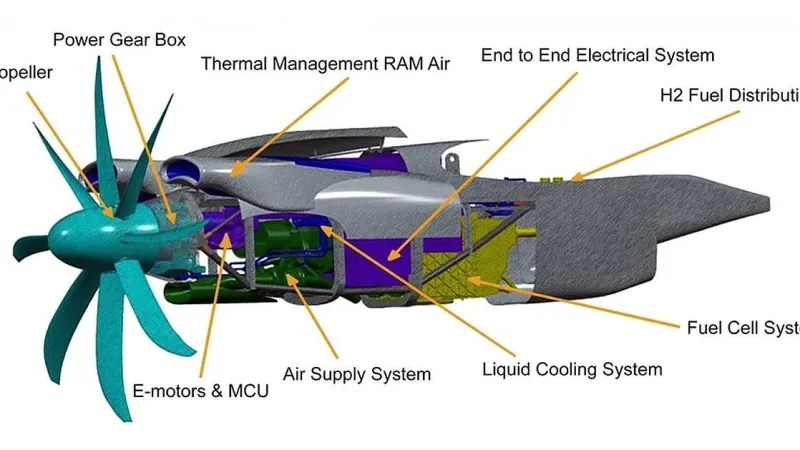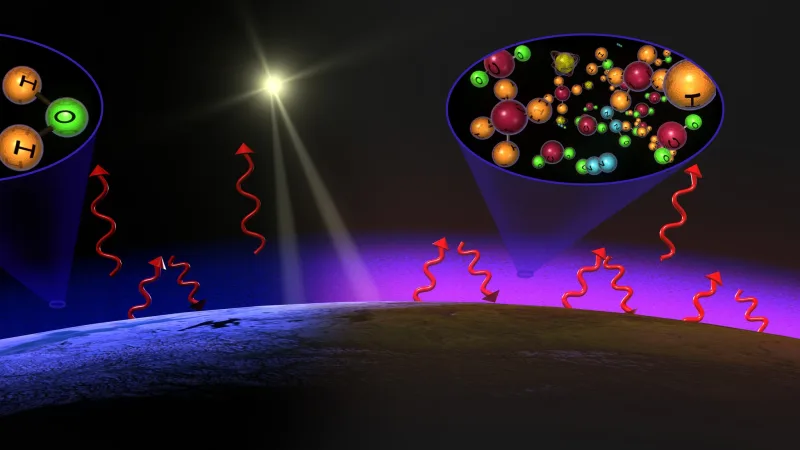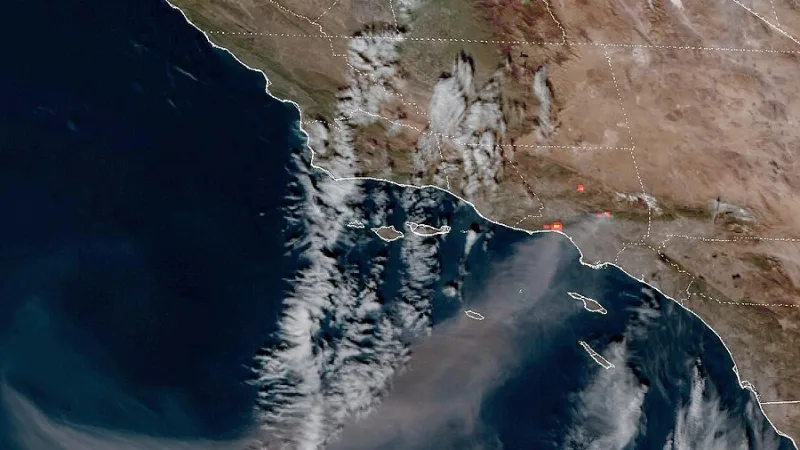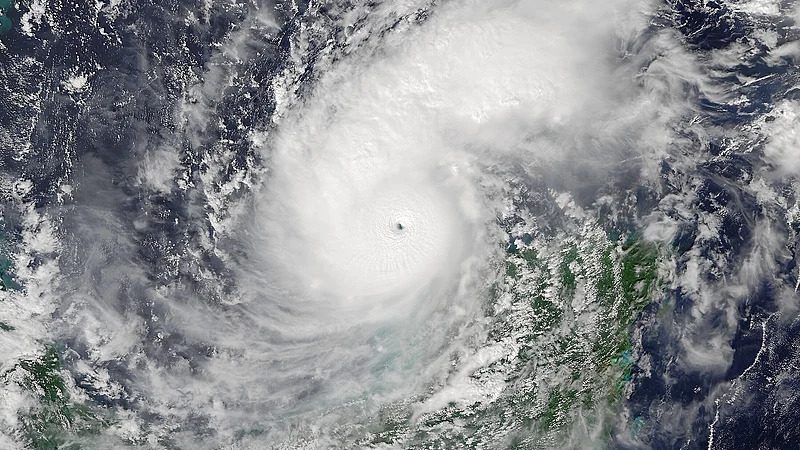The Role of Climate Models in Understanding Our Planet’s Future
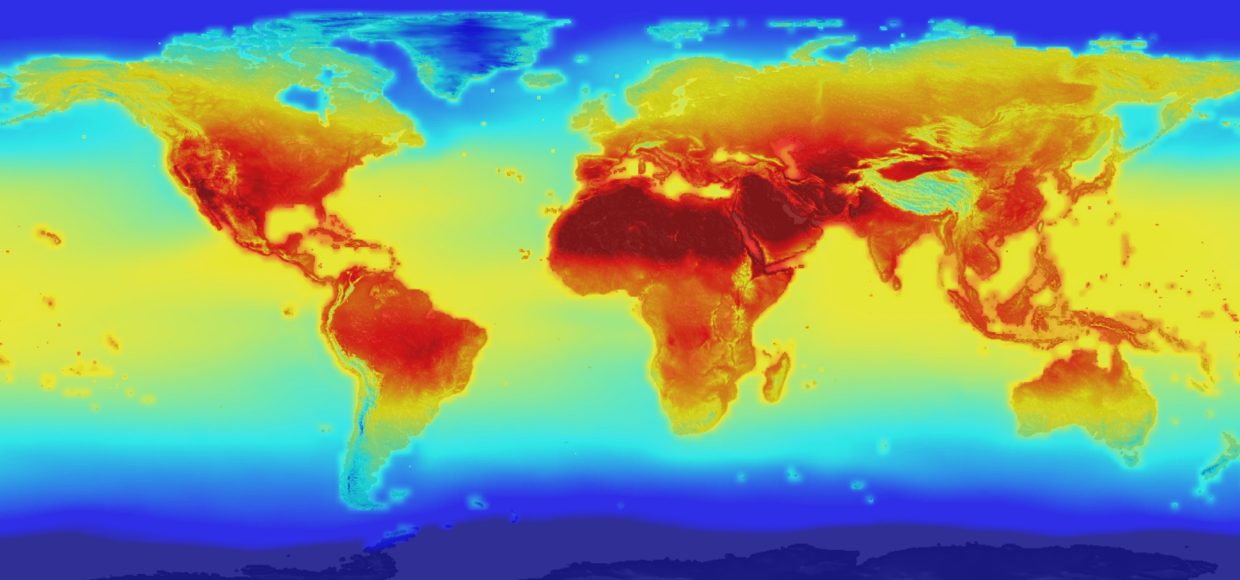
Climate is an important factor in understanding how our planet is changing. To gain insight into the future of Earth’s climate, scientists use computer programs called climate models. But what exactly are these models and how do we know they’re accurate? Let’s take a closer look at this fascinating technology to understand its potential and limitations.
What Is Climate?
Climate is a complex phenomenon that affects the environment and all living things. It is defined as the average weather conditions in an area over a long period of time — usually 30 years or more. Climate can be affected by many factors. These include temperature, precipitation, wind patterns, humidity, and air pressure. These elements interact with each other to create different climates around the world. For example, areas near the equator tend to have warmer temperatures and higher levels of humidity than those further away from it.
What Is a Climate Model?
A climate model is essentially a simulation of all the factors that can affect Earth’s climate. These include things that don’t change much such as distance from shore, elevation and latitude. In addition, factors that change such as seasons, volcanic eruptions, air pollution and continental shifts, are also included. It works like a laboratory inside your computer so scientists can study how different factors interact to influence regional climates without having to actually experience them in real life.
Climate models are based on mathematical equations. By combining these equations with data from observations and experiments, scientists can create simulations of past climates or project future ones. The accuracy of these projections depends on the quality of the data used to build them and their ability to accurately capture all relevant physical processes.
How are climate models used?
Climate models are incredibly useful tools for predicting future climates based on current conditions while taking into account various factors. This may include temperature changes or air pollution levels over time. If you wanted to know what would happen if ocean temperatures suddenly changed? You could safely test it out on the model instead of risking it in reality! The model will calculate how many other things would also be affected by this small change and show us its long-term effects. 10 years from now or even 1,000 years from now! This allows us to better prepare ourselves for any potential environmental changes ahead!
The results from climate models provide valuable insights into how different factors like greenhouse gas emissions or land-use changes will affect our planet. They also help us understand how extreme weather events like heat waves or floods may become more frequent due to global warming. Climate models have been instrumental in informing policy decisions related to mitigating and adapting to climate change around the world.
How Do We Know They’re Accurate?
To ensure accuracy, NASA satellites collect lots of data about our planet and atmosphere which helps us understand past climates through very old trees and ice drilled from glaciers. This information allows us to check if the predictions made by similar changes in the future are accurate when compared against actual events that have happened before.
Despite their potential for providing useful information about our planet’s future climate, there are still some limitations associated with using climate models. For example, they cannot account for unpredictable events such as volcanic eruptions or solar flares which could significantly alter Earth’s atmosphere over short periods of time. Additionally, since they rely heavily on observational data which can be incomplete or inaccurate at times, it is important to take any predictions made by these models with a grain of salt until further research has been conducted.

